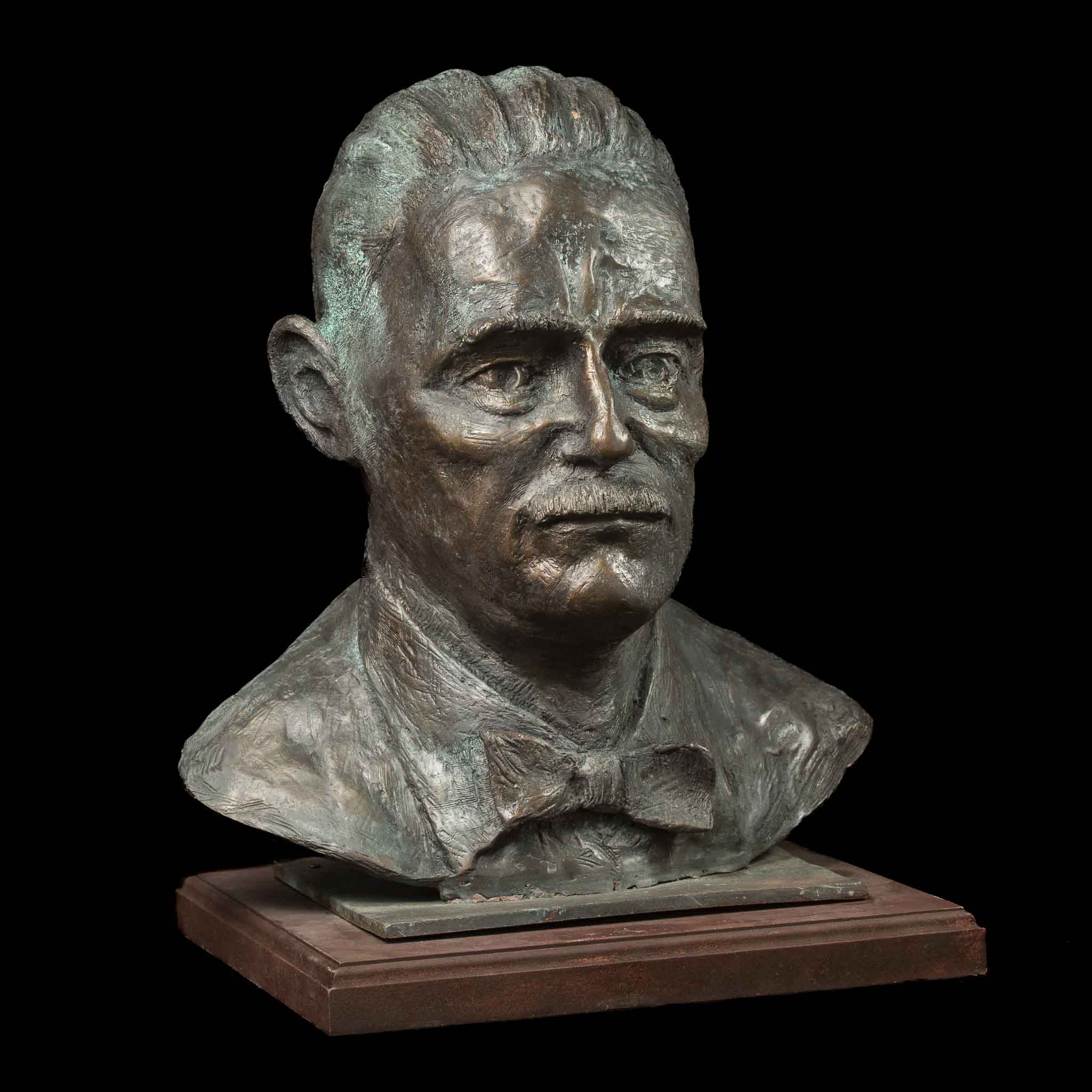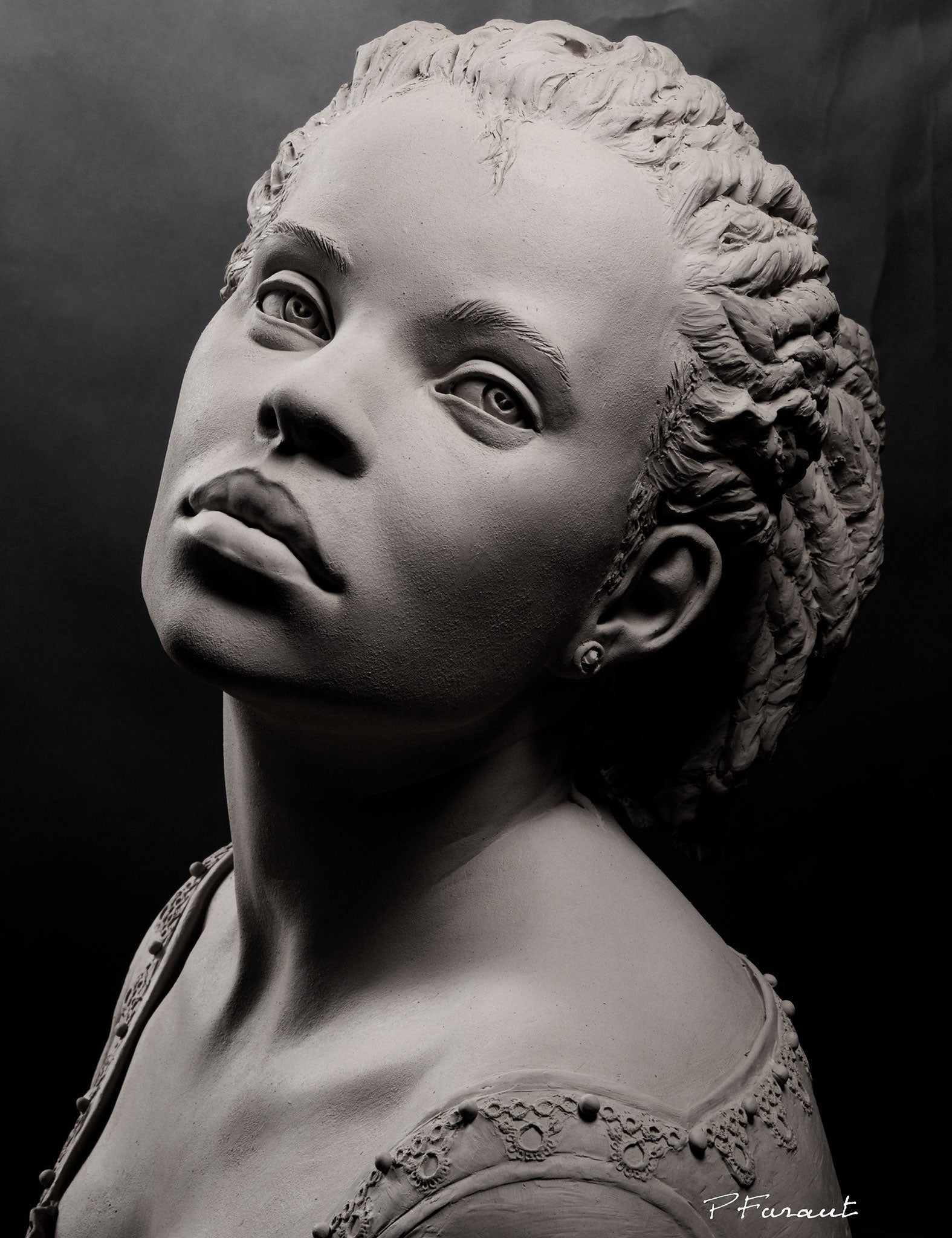In the Spirit of the Horse: Admire the Beauty of Equine Sculptures
Wiki Article
Shaping the Human Type: Representations of the Body in Sculpture
Forming the Human Type: Representations of the Body in Sculpture is a thorough expedition of the imaginative representation of the human body throughout background. From the exquisite marble sculptures of old Greece to the intricate masterpieces of the Renaissance, from the flamboyant and elaborate Baroque and Rococo sculptures to the progressive and abstract expressions of modern and modern sculpture, this event offers a fascinating journey with the evolution of this classic art kind.Old Greek Sculptures

One of the defining attributes of Ancient Greek sculptures is their focus on proportion. Each component of the body is diligently crafted to be in percentage to the whole, creating a sense of balance and consistency. The sculptors paid cautious focus to every detail, from the placement of muscles to the positioning of limbs, ensuring that each figure showed up both effective and graceful.
The Greeks likewise valued the idea of idyllic appeal. Instead than depicting the blemishes and imperfections of the human kind, they looked for to create an idyllic version of truth. The sculptures typically depicted athletes, goddesses, and gods, with their bodies formed to perfection. Robert C Hitchcock Sculptor. This idyllic representation of the human form not just popular physical charm but also functioned as a way of motivating and uplifting the viewer.
Renaissance Masterpieces
Continuing the exploration of the portrayal of the human type in sculpture, Renaissance masterpieces further refine the idealized idea of appeal, structure upon the in proportion and unified percentages of their Ancient Greek precursors. During the Renaissance duration, which spanned from the 14th to the 17th century in Europe, musicians looked for to revive the classic perfects of old Greece and Rome. They studied and copied the jobs of the old masters, pursuing a practical depiction of the body.
His masterpiece, the sculpture of David, exemplifies the excellence and poise that ended up being synonymous with Renaissance art. Standing at over 17 feet tall, the sculpture portrays the biblical hero in a state of calm before his battle with Goliath.
One more noteworthy Renaissance carver was Donatello. His sculpture of Saint George, developed in the very early 15th century, showcases the artist's capability to share stamina and the aristocracy via the human type. The statue illustrates the legendary dragon-slaying saint in a poised and certain position, exuding a feeling of heroism.
Renaissance work of arts not just celebrated the physical appeal of the human body yet also communicated deeper emotions and definitions. Via their careful attention to detail and knowledgeable craftsmanship, Renaissance sculptors raised the art of sculpture to brand-new heights, leaving a lasting tradition that remains to influence artists to today.
Baroque and Rococo Sculpture
Rococo and baroque sculpture exemplifies the elaborate and extravagant portrayal of the human form during the 17th and 18th centuries. Defined by its remarkable and vibrant style, Baroque sculpture intended to astound customers via its magnificence and emotional intensity. Artists such as Gian Lorenzo Bernini and Alessandro Algardi developed sculptures that shared activity, often depicting figures in significant postures. The use of light and darkness additionally enhanced the feeling of dramatization, producing a theatrical result.
Rococo sculpture, on the other hand, emerged as a response to the grandiosity of the Baroque duration. It accepted a more delicate and lively method, concentrating on complex designs and ornamental information. François Boucher and Jean-Baptiste Pigalle were read the full info here famous Rococo carvers that crafted works characterized by their elegance and appeal. They typically depicted figures in sensuous and stylish postures, reflecting the easy going and wayward nature of the Rococo design.
Both Baroque and Rococo sculpture placed a fantastic focus on the human kind, commemorating its beauty and expressing a series of feelings - Bronze Sculptures. Whether it was the dynamic and effective figures of the Baroque or the stylish and enchanting numbers of the Rococo, these sculptures recorded the significance of the human experience, leaving a long lasting impact on the art globe
Modern and Contemporary Sculpture
The evolution of sculpting the human form proceeds in contemporary and modern-day sculpture. With the advent of new materials and techniques, artists have pressed the borders of representation, testing typical notions of type and charm. Modern sculpture arised in the late 19th century as an action to the altering political and social landscape. Artists such as Auguste Rodin and Constantin Brancusi sought to catch the significance of the human kind, emphasizing feeling and activity. Rodin's "The Thinker" and Brancusi's "Bird precede" are iconic instances of this duration.In the 20th century, the increase of abstraction and conceptual art brought brand-new opportunities for sculptors. Artists like Henry Moore and Barbara Hepworth explored the partnership in between kind and space, developing abstracted and organic figures that challenged conventional ideas of depiction. Moore's huge bronze sculptures and Hepworth's sculpted stone works are commemorated for their innovative usage of materials and their ability to evoke a feeling of the body in a non-literal means.
Contemporary sculpture remains to press the borders of depiction and discover brand-new products and strategies. Musicians like Antony Gormley and Ron Mueck develop hyper-realistic sculptures that test our assumption of the body, while others, such as Louise Bourgeois and Kiki Smith, make use of the body as an allegory for individual and cumulative experiences. The human form stays a powerful topic in sculpture, providing a system for musicians to discover identification, feeling, and the human condition.
Social Viewpoints on the Body

In the exploration of forming the human kind, the examination of social point of views on the human body exposes a diverse and abundant tapestry of interpretations and representations. Throughout history, various cultures have actually held special beliefs and worths relating to the human body, resulting in distinctive artistic expressions - Portrait Sculptor. These social viewpoints shape the means the body is depicted and perceived in sculpture, reflecting societal norms, religions, and aesthetic suitables
As an example, ancient Greek sculptures celebrated the idealized human form, emphasizing physical charm and athleticism. The sculptures depicted gods, heroes, and athletes with perfectly proportioned bodies, embodying the Greek idea of physical excellence. In comparison, old Egyptian sculptures concentrated on the conservation of the body in the immortality, illustrating numbers with stiff poses and idealized features. The Egyptians believed that the body should be presented in a manner that guaranteed its infinite presence.
Likewise, social viewpoints on the human body in African art usually stress public identification and spiritual beliefs (Contemporary Sculptures). Sculptures from various African societies portray the body with exaggerated features, representing social worths and ancestral connections. Indigenous societies in the Americas also have special viewpoints on the human body, typically illustrating it in a spiritual context and stressing the link between human beings and nature
The evaluation of social point of views on the body in sculpture enables us to gain understanding into the values, ideas, and looks of different societies throughout background. It highlights the diversity of human experiences and the means in which art reflects and forms our understanding of the human kind.

Verdict
Finally, the portrayal of the body in sculpture has actually developed with time, showing different artistic activities and cultural viewpoints. From the idealized numbers of Ancient Greek sculptures to the realistic and stirring Renaissance masterpieces, and the intricate details of Baroque and Rococo sculptures, to the abstract and experimental types of modern and modern sculpture. The human body has been a topic of fascination and imaginative exploration throughout background, showcasing the diverse analyses and expressions of the human form.Forming the Human Type: Representations of the Body in Sculpture is a detailed exploration of the imaginative representation of the human body throughout background. From the exquisite marble sculptures of old Greece to the intricate masterpieces of the Renaissance, from the flamboyant and ornate Baroque and Rococo sculptures to the progressive and abstract expressions of modern-day and modern sculpture, this exhibition provides an exciting journey through the development of this classic art form. Artists like Antony Gormley and Ron Mueck produce hyper-realistic sculptures that test our understanding of the human body, while others, such as Louise Bourgeois and Kiki Smith, use the body as an allegory for individual and cumulative experiences. The human kind continues to be a powerful topic in sculpture, giving a platform for artists to discover identity, emotion, and the human condition.
From the idealized numbers of Ancient Greek sculptures to the emotive and practical Renaissance work of arts, and the complex details of Baroque and Rococo sculptures, to the abstract and speculative kinds of modern and modern sculpture.
Report this wiki page